(October 3, 2022) “India had 10,000 cheetahs during the time of Akbar but then, rulers over the years have been fond of hunting, and the number of the fastest animal on earth started coming down in India. The last three cubs were killed by Maharaja Surguja of MP in 1947,” says Pradnya Giradkar, the country’s first cheetah conservation specialist, who lived with 52 cheetahs in Namibia.
Eight cheetahs from Namibia were brought to Kuno National Park on September 17, 2022, receiving such fanfare that they were received by Prime Minister Narendra Modi himself on his birthday. It was a historic day in many ways – also because it is the world’s first carnivore relocation project. It’s a milestone that Pradnya, founder of the Wildlife Conservation and Rural Development Society has worked over a decade to achieve, and her phenomenal efforts, have finally paid off with the success of Project Cheetah. Having been declared extinct in 1952, the homecoming of the big cats after 70 years on the Indian soil is a matter of great achievement for her.
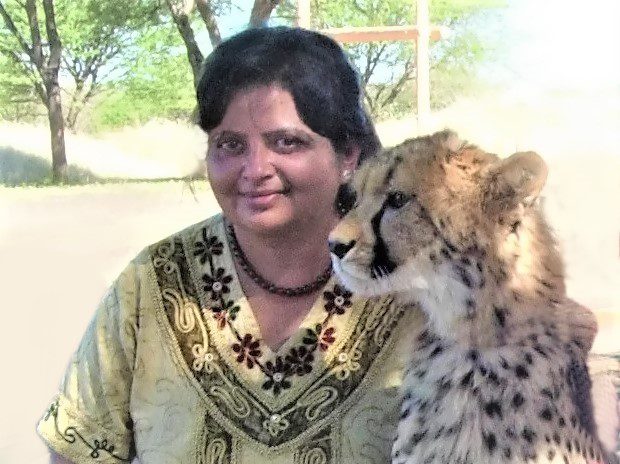
Cheetah Lady, Pradnya Giradkar
Pradnya has been a lecturer at zoology department and PhD student of K J Somaiya College of Science and Commerce, Mumbai, where she taught wildlife as a special subject to students pursuing their degrees. “As a PhD scholar, I was doing my research in tiger conservation and my professors would address me as ‘tigress’ because I had such a knack for it,” says Pradnya who used to watch track the movement of the tigers from midnight to five in the morning at Tadoba National Park. “Now, with cheetahs being brought in to the country, I am being called, ‘the cheetah lady’, it feels good,” she smiles, during her interview with Global Indian.
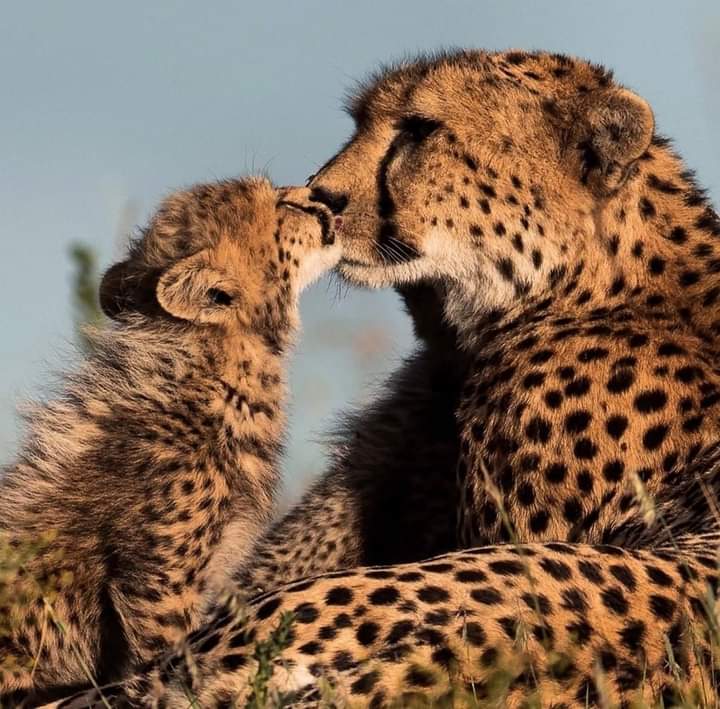
Cheetahs at Ootjiwarongo forest, Namibia | Photo credit: Pradnya Giradkar
Pradnya’s role in Project Cheetah
As the first Indian to be trained by the Cheetah Conservation Fund (CCF), the global institution working to save the big cats, Pradnya visited Namibia in 2011.There, she worked closely with Dr Laurie Marker, the executive director of CCF, enjoying an eventful month-long stay with close to five dozen cheetahs, doing their DNA testing, cat analysis, and livestock management as part of the training. Co-incidentally, Marker has been a key advisor to the Indian government on the cheetah relocation project for the last 13 years.
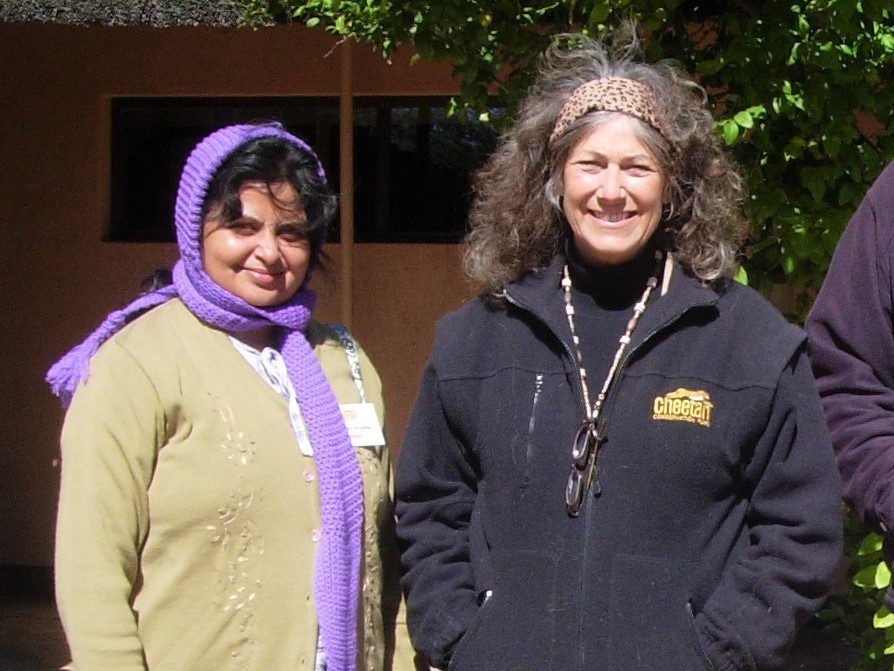
Pradnya with her mentor Dr Laurie Marker
Since the conceptualisation of the Project Cheetah in 2009, Dr Marker has been one of the leading figures working on the mission, coordinating with scientists and other specialists, and assessing the suitability of potential habitats for the cheetahs to translocate to India. MP’s Kuno National Park was identified back then.
However, there have been many roadblocks along the way. The major roadblock came when the Supreme Court issued a stay order on the project, on the grounds that the foreign species could endanger the Indian breed of wild cats in Kuno. The court also mentioned that since the African cheetahs are genetically different from the Asian cheetahs, their chances of survival in India may not be high.
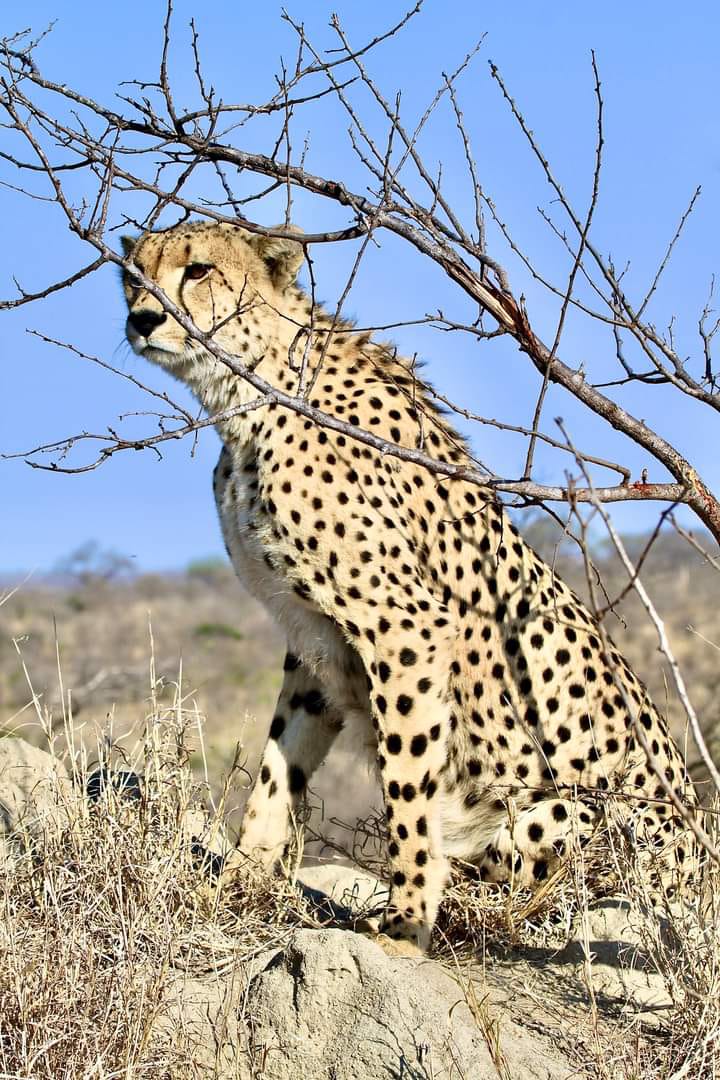
Cheetah at Ootjiwarongo forest, Namibia | Photo credit: Pradnya Giradkar
Legally speaking…
At the time, Pradnya, who was just back from her training with Dr Laurie, had first-hand information of the climatic needs of the big cats. Like Dr Marker, she knew that they can very well adjust in India but that required proving in a court of law.
Along with other wildlife scientists, Pradnya went on to gather evidence that the cheetahs can survive in the Indian climate without any difficulty. Her efforts paid off when Dr Stephen O’Brien, a renowned Russian geneticist, sent her a letter, stating that genetic differences between the Asiatic and African cheetahs, which, although “real, were ‘almost negligible”, and that African cheetahs can survive well in India if provided with a suitable prey base and habitat.
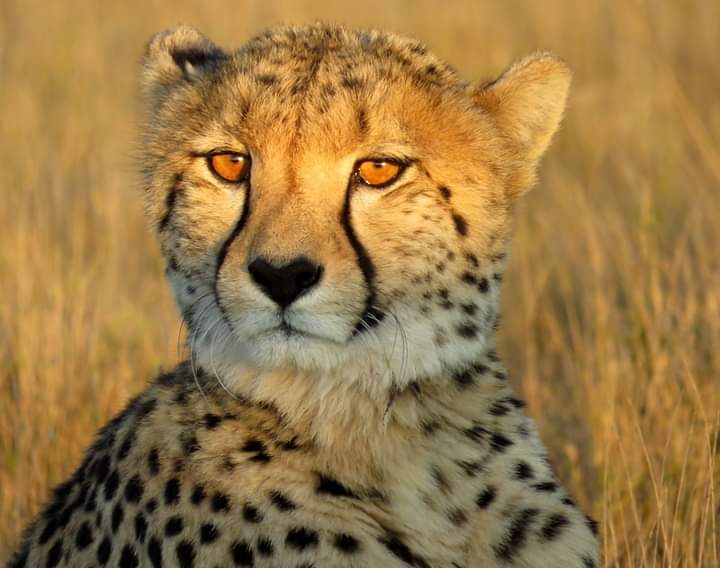
Cheetah at Ootjiwarongo forest, Namibia | Photo credit: Pradnya Giradkar
After this expert clarification, the wildlife scientists, including Pradnya, filed a review petition at Honourable Supreme Court of India which got approved. Finally, it gave its nod to the translocation project in the year 2020, on the basis of the submission of letter of Dr O’Brien to Pradnya, okaying a pilot programme to observe the success before more cheetahs were brought to the country.
“I admire Dr Marker a lot. She is a very good lady. I am very grateful for her efforts that have paved the way for cheetahs to return to India, after we won the case in court,” Pradnya says. “Though we have not met since my return from Namibia, we have always been in touch keeping each other updated on Project Cheetah.”
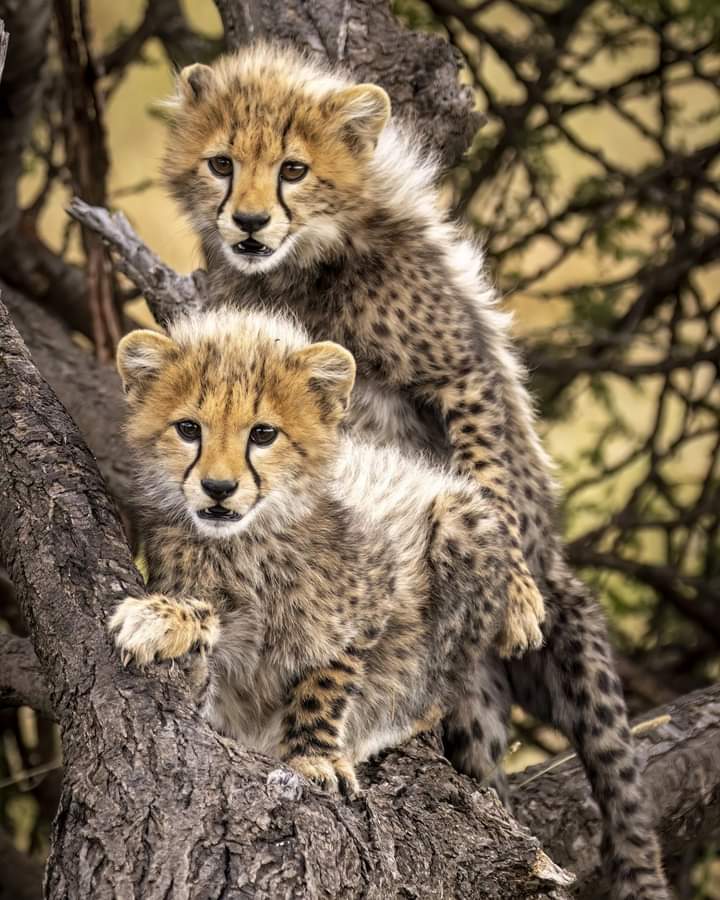
Cheetahs at Ootjiwarongo forest, Namibia | Photo credit: Pradnya Giradkar
Contrary to belief, India is natural habitat of cheetahs
The reintroduction of cheetahs to India took many years of effort, held up as they were by assumptions that the climatic conditions in the country might be unsuitable. There are doubters even now, but Pradnya is very confident about this landmark move. “India was home to them if we go back in history. Their extinction was caused by man,” Pradnya says.
For the expert wildlife conservationist, cheetahs and tigers are like friends whom she understands well. She can understand animal language as she has studied behavioural activities of animals ethology.
India is the proud country that is home to six types of big cats, While UK has just one, the US has two and Africa, three – Pradnya Giradkar
Stressing on how cheetahs have always belonged to us she says, “Cheetah is derived from the Sanskrit word Chitrakayah or Chitraka meaning the variegated or spotted one. The word gradually got converted to Cheetah”
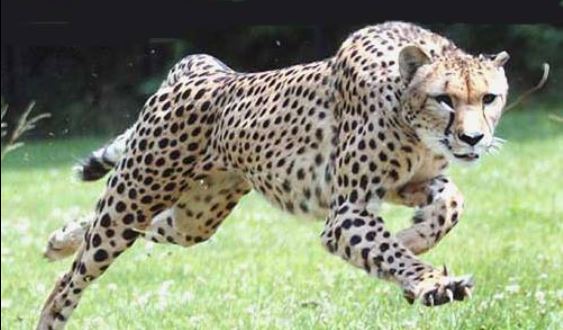
Pradnya’s photography at Ootjiwarongo forest, Namibia
Tackling human-wildlife conflict
Through her NGO, Wildlife Conservation and Rural Development Society, Pradnya has been trying to address human and wildlife conflict, mitigate and prevent harm that both man and wild animals can cause to each other. Her NGO is engaged in community outreach efforts across the forest territories of India, guiding tribal communities on how to prevent and react to livestock predation. The NGO works to help rural communities gain solutions that are mutually beneficial to both wildlife and domestic animals.
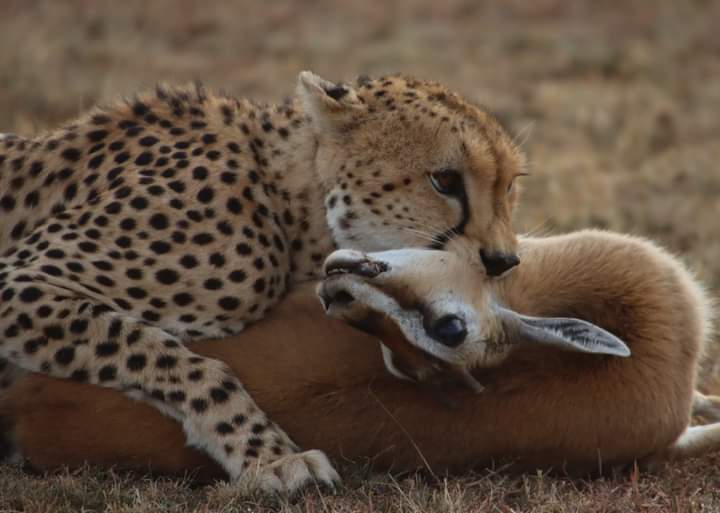
Photo credit: Pradnya Giradkar
Predators like tigers, leopards, lions live alongside human communities and cause harm to the livestock (cows, sheep, and goats) of tribals of the region. However, it is possible for tribals to hunt down the wrong animal in revenge if they don’t know how to identify the predator from the mark of their knuckles – Pradnya Giradkar
“Most of the forest territories are Naxal-prone areas, Naxalites lure the tribals to hunt animals for skin, nails, teeth etc. for money,” Pradnya explains. Her NGO also works for the socio-economic improvement of the tribals so that they do not indulge in illegal activities. They have collaborated with institutions like Khadi Gram Udyog, and National Institute of rural development to provide livelihood opportunities to ensure the tribal communities’ development as a whole and ensure sustainable animal conservation.
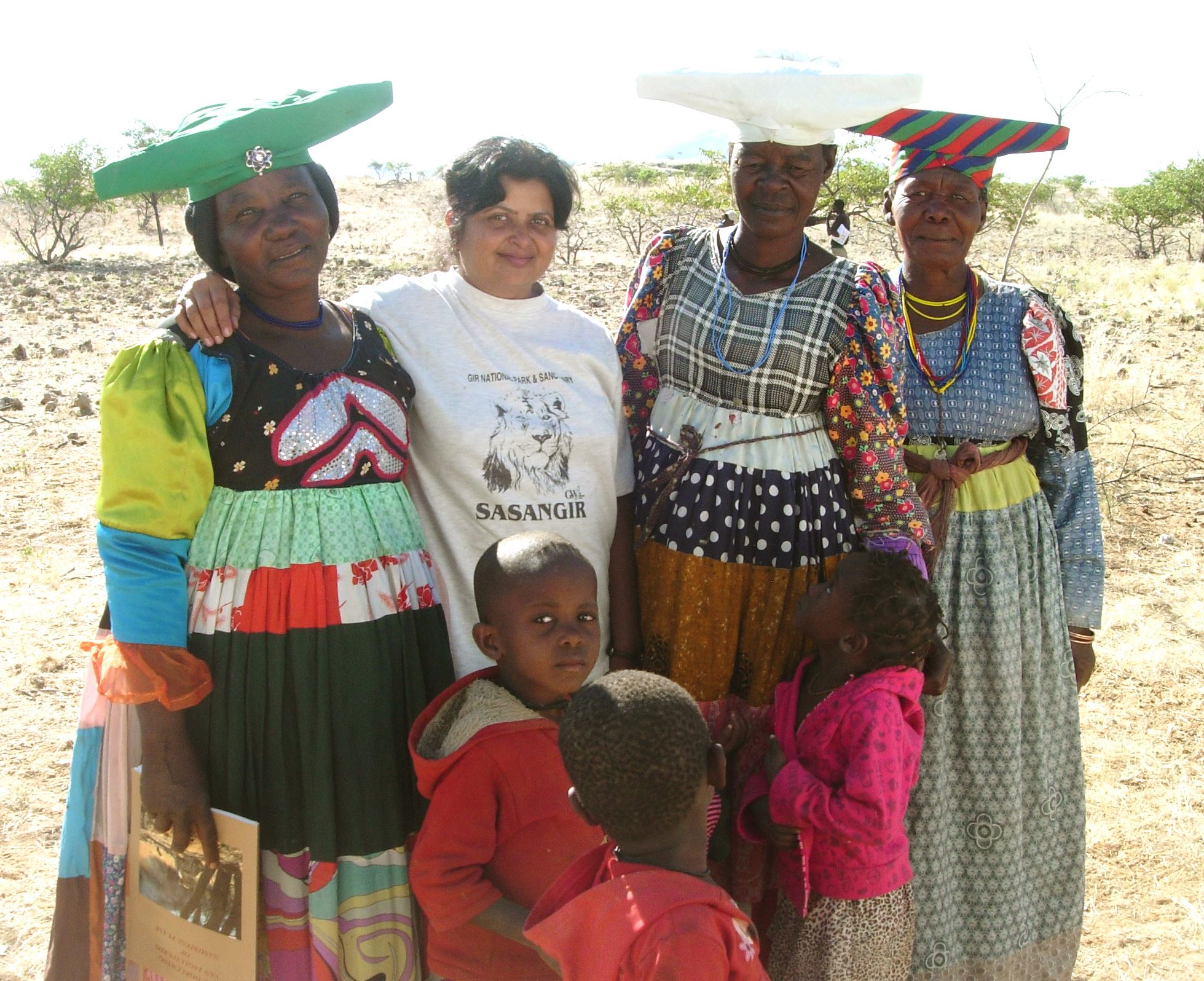
Pradnya at Ootjiwarongo forest, Namibia with Hiererro community people
“I cannot be everywhere all the time so I also develop local leaders in the forest territories, who see to mitigating man-animal conflict, and sustainable environment biodiversity conservation,” says Pradnya who also did community outreach efforts for the CCF when she was in Namibia.
Flashback of the journey…
The daughter of a nature conservationist father, Gopalrao and activist mother, Sumati, Pradnya grew up close to the wildlife territory at Giradkar Wada, Umred in Nagpur district. Always a multi-faceted learner, she went on to pursue her MSc in entomology, MPhil in bio- chemistry, and PhD on tiger conservation under University Grant Commission’s FIP Fellowship programme. “Since I was dealing with wildlife and tribals, I thought it important to know laws pertaining to both so that I can stand up for them in times of need. So, I went on to do LLB in environmental and international law from Nagpur university completing it with first merit,” she says. One person who inspired her greatly over the years is Dr. S.G. Yeragi from Somaiya College. “He was my Ph. D. supervisor, a well-known personality in Mumbai University and in Maharashtra,” she mentions.
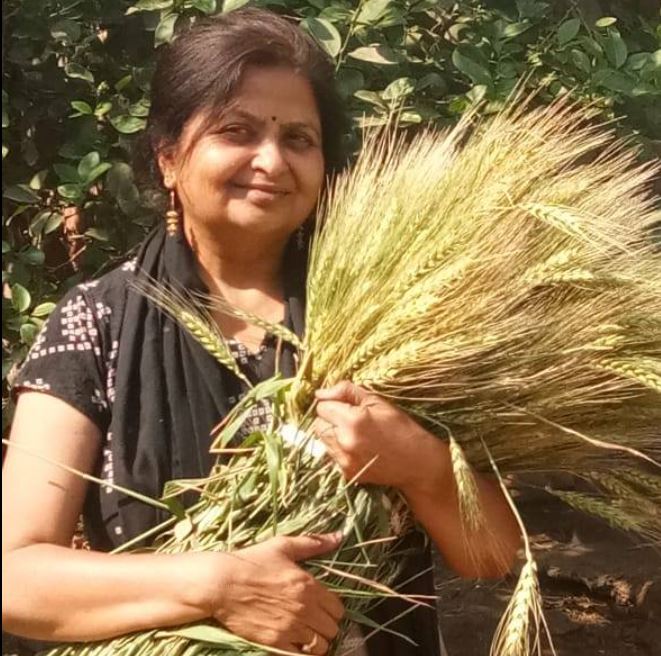
Pradnya at her farm
The gifted singer and college chess champion of Mumbai University received the Hidden Eco-Hero award in 2017, an initiative of UNEP that honoured six other environmental leaders from across the globe along with her that year. She was also honoured by International Union for Conservation of Nature (IUCN), US for efforts taken for tiger conservation, and received fellowship from WildCRU (Wildlife Conservation Research Unit) of Oxford University, UK with funding from CCF, Namibia. She is the recipient of British Council scholarship for Edinburg University’s, environment project at Scotland.
The accomplished wildlife conservationist is also an agriculturalist who enjoys time outdoors in her 175-year-old family property near the forest territory. There, she and her 82-year-old mother grow cotton, gram, soyabeans, and chilli. “I am confident that the Government of India will keep the cheetahs very well. I strongly believe that they will propagate in India more than they have in Africa,” she signs off.
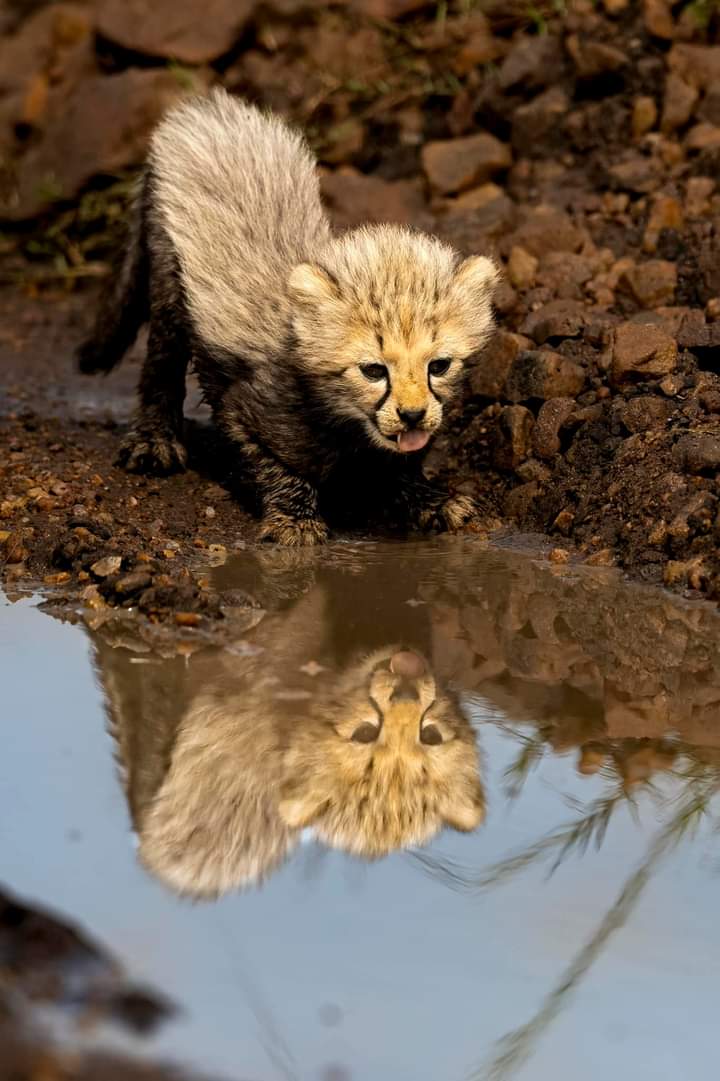
Cheetah cub | Photo credit: Pradnya Giradkar
Pradnya’s story is one of great effort and overcoming major challenges. Through sheer grit and unwavering passion for her beloved wildcats, she has re-written India’s wildlife story and found herself a place in the annals of history, both in India and around the world.
- Follow Pradnya Giradkar on LinkedIn

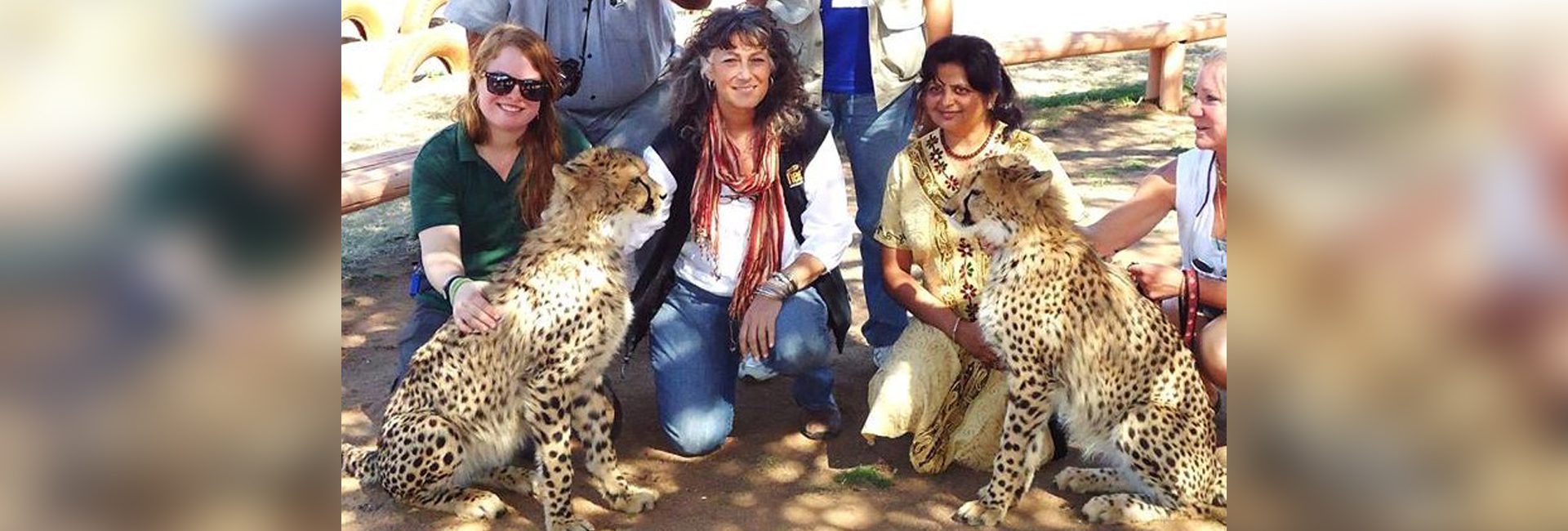
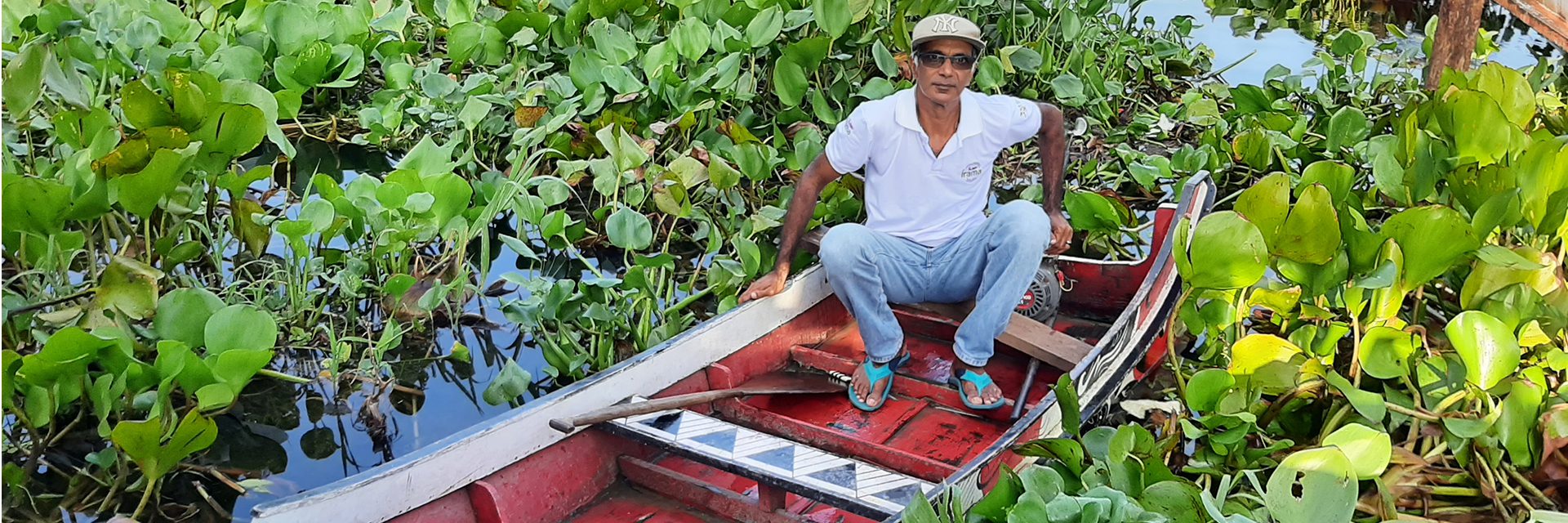

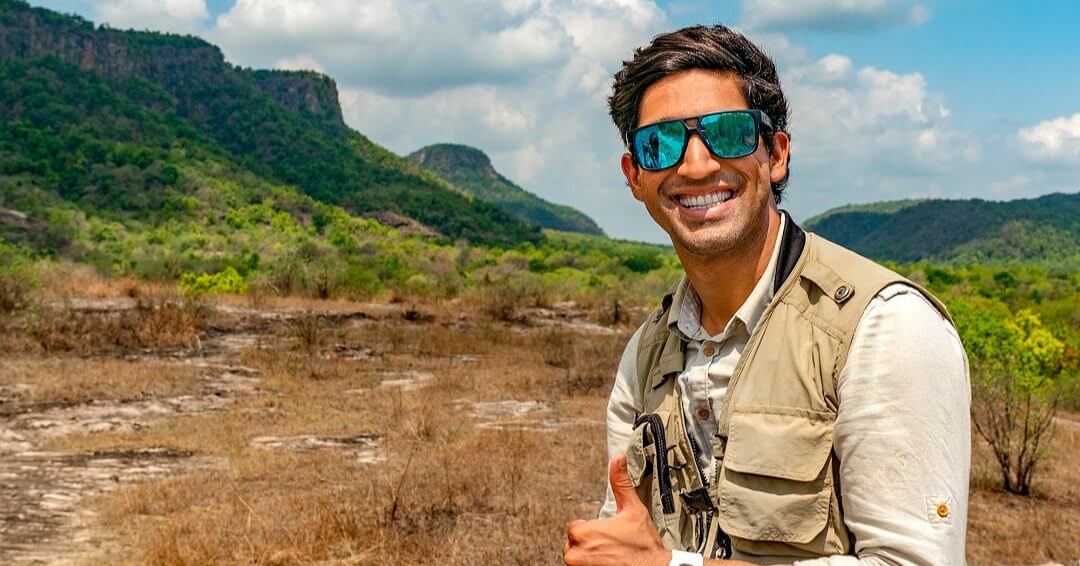
Phenomenal achievement!!!!! We hope someday we can impact the world as the Cheetah Lady did!!!
Great work and efforts by Chittah lady Pradnya resulting in landing of Chittah in our country . Great job.
Pradnya Giradkar: The Cheetah lady’s role in Project Cheetah
WRITTEN BY: AMRITA PRIYA
Hey my Sherni, what an amazing experience and the author written such a minute detail about you extraordinary life journey ❤ 😊 💕 ♥ 💖 . Your parent’s support and their life journey is inspiring for me pradhya.
Pradhya tum jiyo hajaro Sal. Be blessed always and get justice 🙏
Proud of you CHEETAH LADY !
We are proud of you ma’am #Cheetah Lady. Your journey is inspiration for us.
I congrate Amrits for writing such nice and inspirational story of cheetah lady.
Bravo Cheetah Lady ! Deserve for Padma Award for extraordinary achievment !
Pradnya Giradkar -Cheetah lady! Bhartiya Nari Mahan!
Cheetsh lady pradnya who is scientist and socialist recganoised for her extraordinary work..Proud image of India. Hats off and congrate to writer Amrita .
I thanks pradnya for bringing our lost heritage cheetah in India and also Amrita for writing inspirational story of Pradnya!
Pradnya Giradkar’s story definately inspires young generation. My hearty congratulation to Pradnya.
Great work madam…It really inspires us. It is one the milestone efforts for the restoration of ecology. Your efforts for this…really great.
Salute to Cheetah Lady…
Great! Fabulous achievement proud Cheetah Lady!